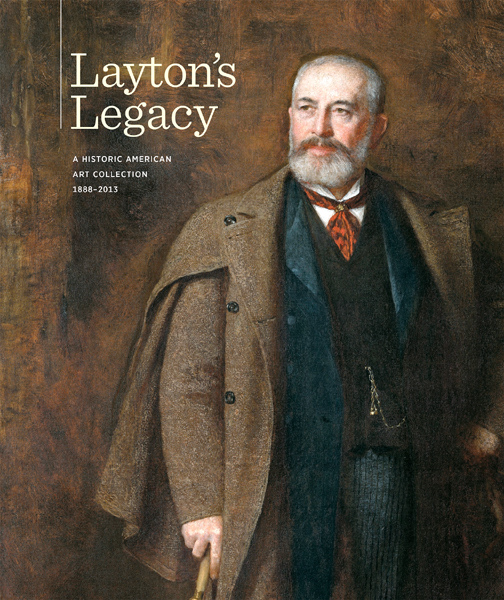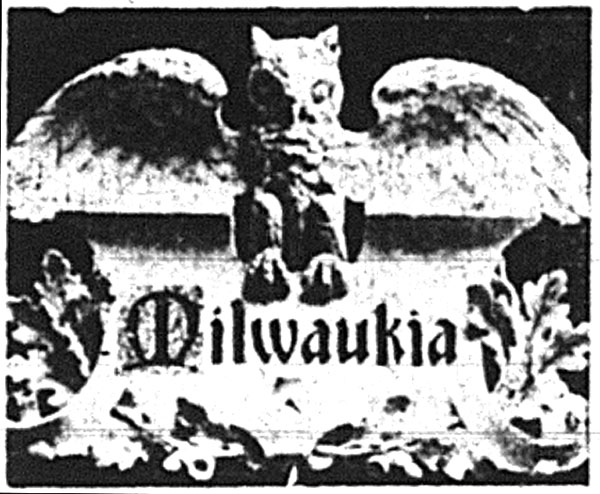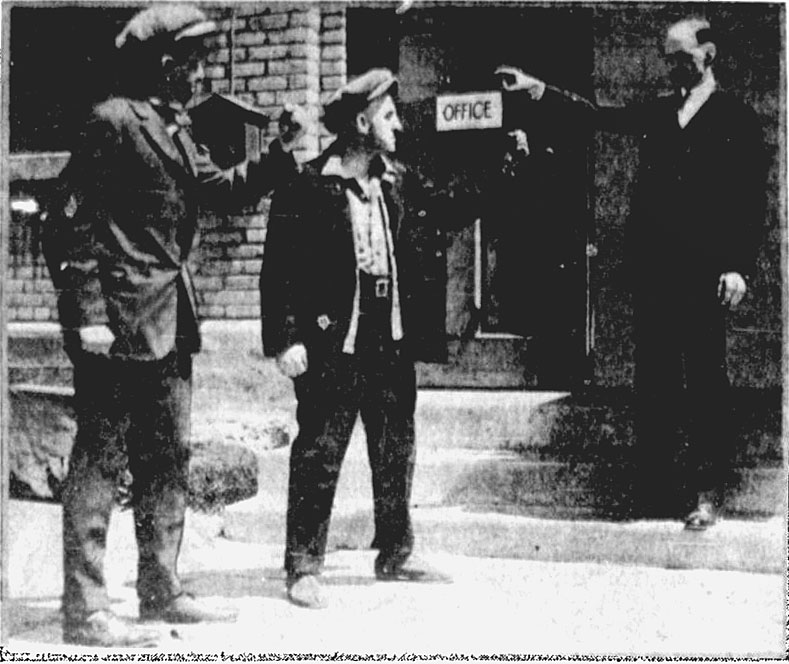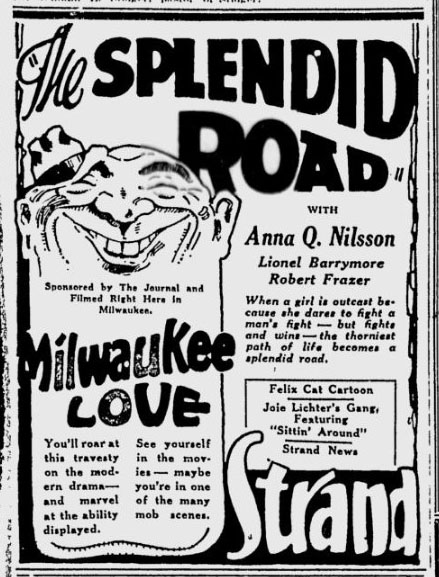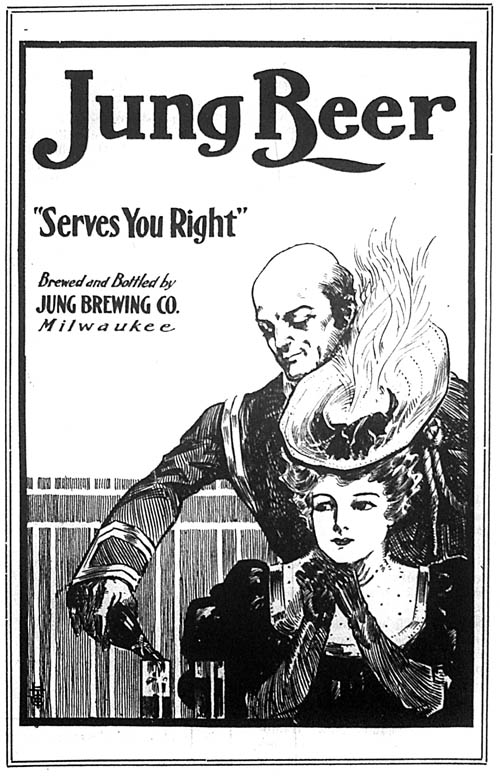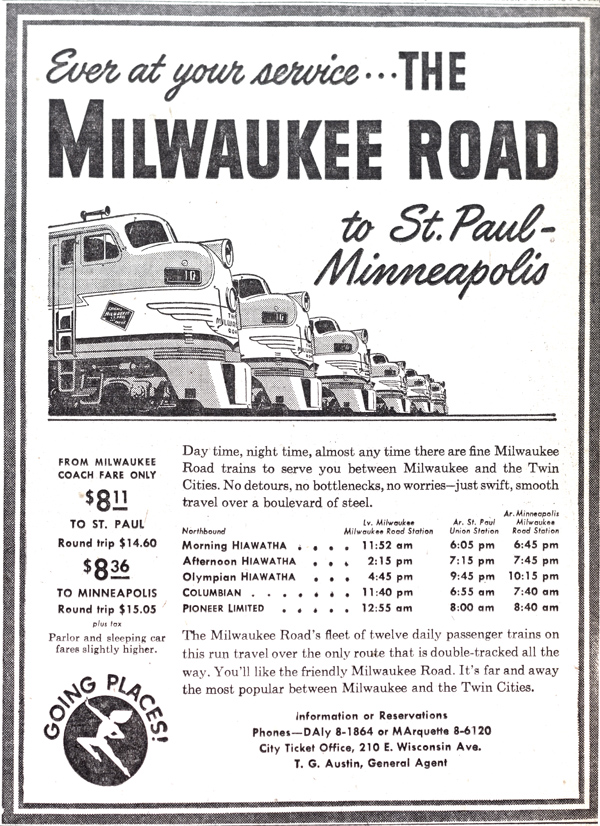A great new book about Milwaukee philanthropist and patron of the arts, Frederick Layton is now out on the shelves. Historians John Eastberg and Eric Vogel have done an outstanding job in bringing this important history of the Layton cultural legacy to print.
From the Press Release:
New Book Entitled Layton’s Legacy – A Historic American Art Collection, Sheds Light on Milwaukee’s Noteworthy Cultural Arts HistoryMILWAUKEE, Wis. – If you ask any Milwaukeean if they’ve traveled on Layton Avenue, most will reply, “yes.” However, very few will know anything about the man whose name is attached to this busy street. This may be in part because when Frederick Layton died in 1919, he left behind no offspring, and some of his greatest gifts, the art gallery and art school named after him, were demolished years ago. The nationally renowned Layton Art Gallery building was torn down to make room for a parking lot in 1957. The Layton School of Art closed as well to make room for a freeway that was never built. Luckily, six of the school’s faculty members went on to found the Milwaukee Institute of Art & Design, and the core collection of the original Layton Art Gallery can still be seen today at the Milwaukee Art Museum. Because of the recent discovery of Layton family papers, travel journals, and vintage photographs, the critical role that Frederick Layton played in developing the city’s love for fine arts and culture can’t be overlooked.
There are also two upcoming events surrounding the book’s release:
Sunday, September 29, 2013 at 3 p.m.
Boswell Book Signing
2559 N. Downer Ave. Milwaukee, WI 53211
Friday, October 18, 2013 from 6 – 8 p.m.
Gallery Night Presentations (a 20 minute video on Frederick Layton will air and then be followed by a book signing and then repeated throughout the night)
MIAD Board Room off of the Brooks Stevens Gallery,
373 E. Erie, Milwaukee, WI 53202
